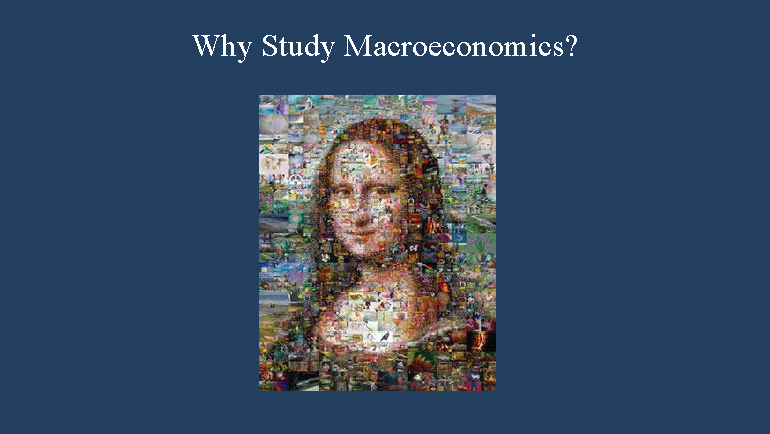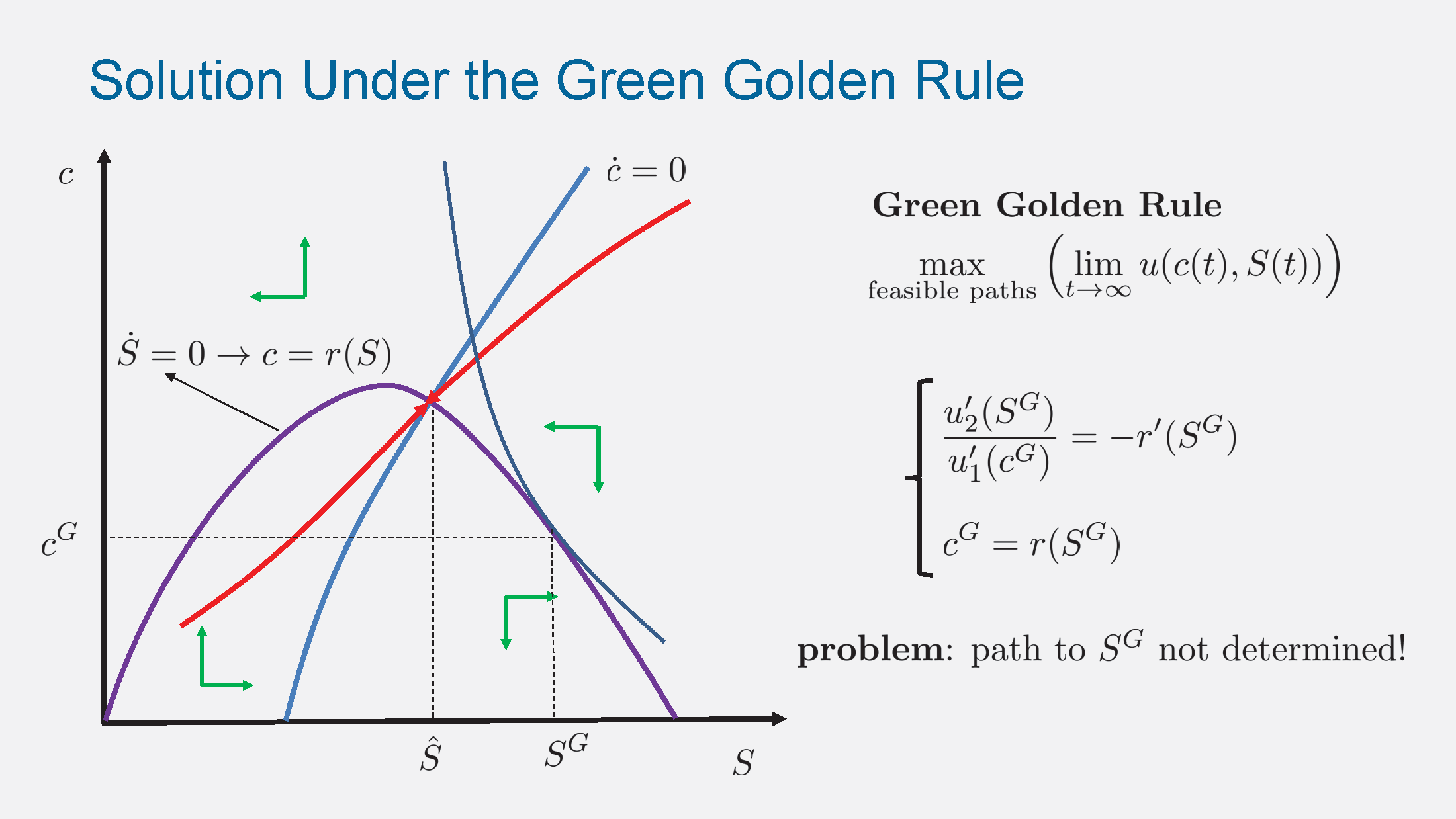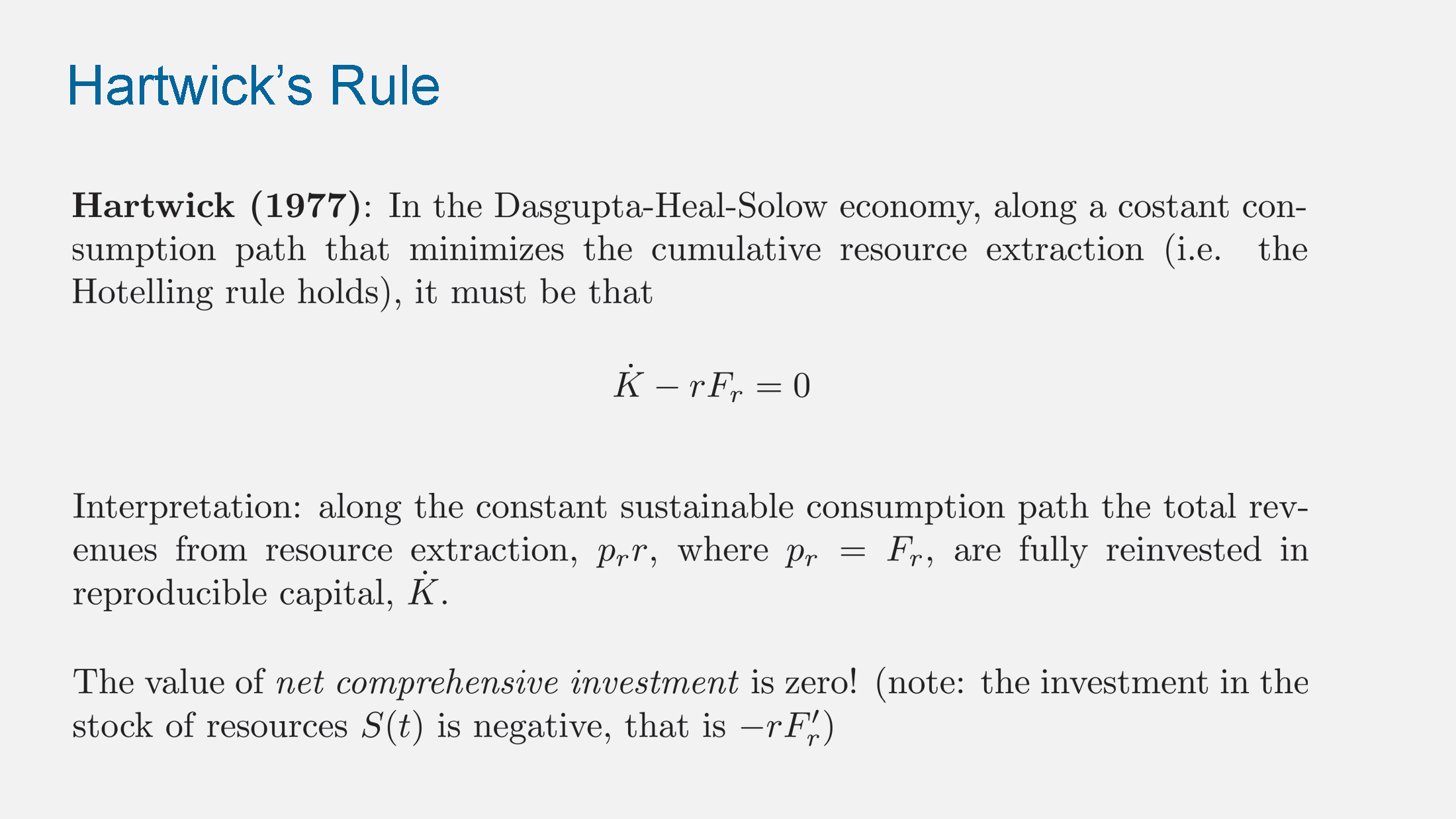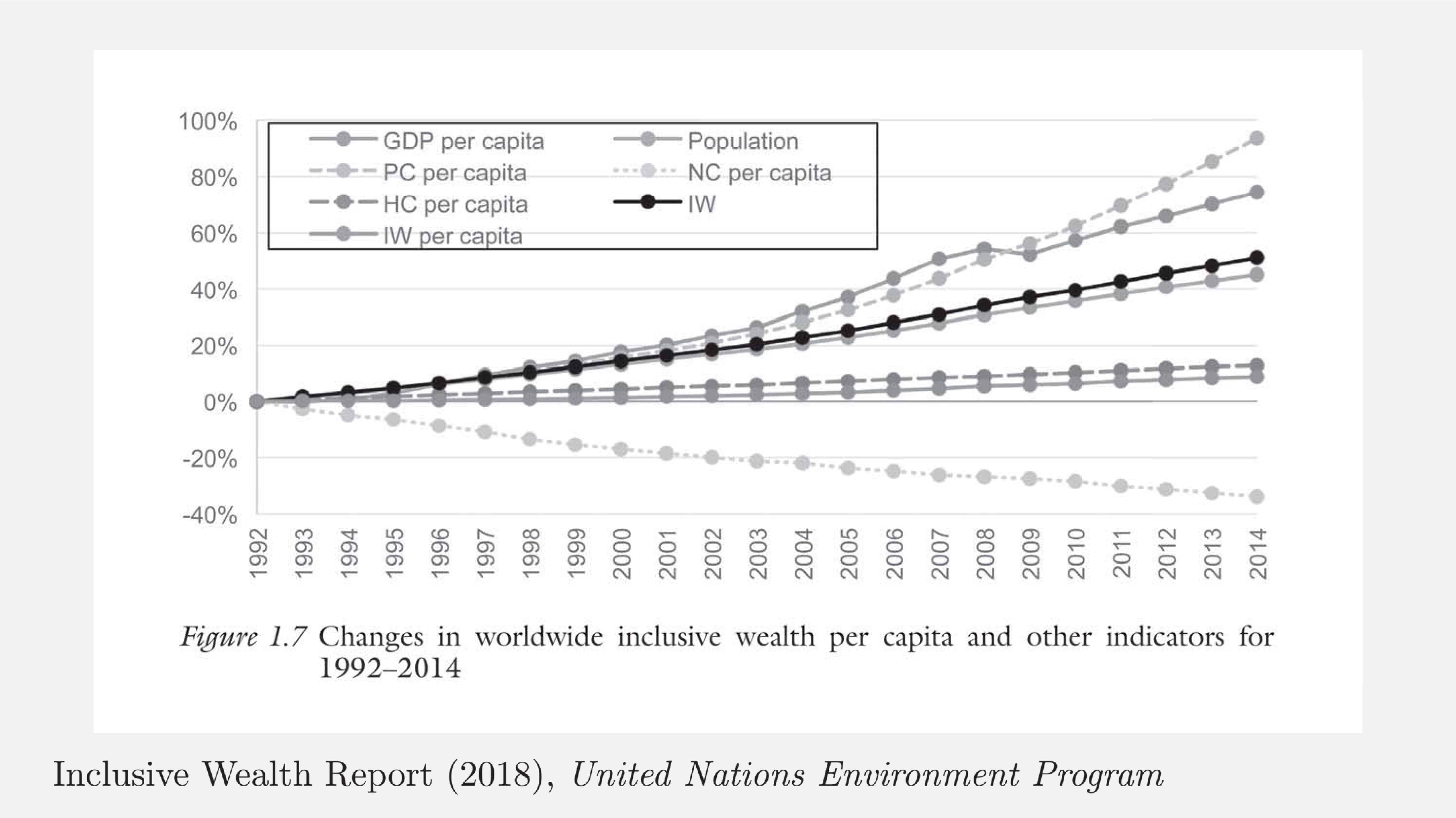Introduction
Why is the typical American today 10 times richer than a century ago? Why are some countries much richer than others? Why do some countries grow fast and catch up with the richest countries while others remain stagnant? Can standards of living keep increasing indefinitely? These are arguably among the most important questions studied in macroeconomics. In this class we will learn how macroeconomists’ approach to such questions has evolved over time, what we have come to learn, and what we still only partially understand about the macroeconomy in the long-run.
Module 1: Preliminary Tools
Module 1 reviews the tools needed for the class: intertemporal trade-offs and national accounting

Module 2: Growth Facts and Development Accounting
Lecture 2 reviews the axiomatic approach to intertemporal preferences and lays out four sustainability criteria: undiscounted utility (Ramsey criterion); maximin (Rawls criterion); the Green Golden Rule; and the Chichilnisky criterion. The criteria are applied to dynamic models with non-renewable and renewable resources.

Module 3: Growth Models: Solow and Romer
Lecture 3 studies the Daspupta-Heal-Stiglitz-Solow model of growth with reproducible capital and natural resources and applies to it the sustainability criteria developed in Lecture 2. It reviews the Hartwick’s Rule and relates that to sustainability and genuine savings.

Module 4: Labor
Lecture 4 presents a short introduction to the theory of Comprehensive National Accounting and discusses challenges and opportunities for the future.

Module 5: Consumption, Investment, and Money
Lecture 4 presents a short introduction to the theory of Comprehensive National Accounting and discusses challenges and opportunities for the future.
